The 2022 season of Império Endurance Brasil brought several new entries for the P1 class. In addition to the Sigma P1 G4 and the Ligier JSP320, the traditional MC Tubarão team also prepared a new car on its return to the main class of the event.
In this development, the team joined forces with Sigma P1 Engenharia to develop the eleventh generation of the MC Tubarão prototype. The car is based on the same basic chassis design of the Sigma prototypes, but with an open cockpit and featuring a HALO / Aeroscreen, according to Endurance Brasil regulations for open prototypes:
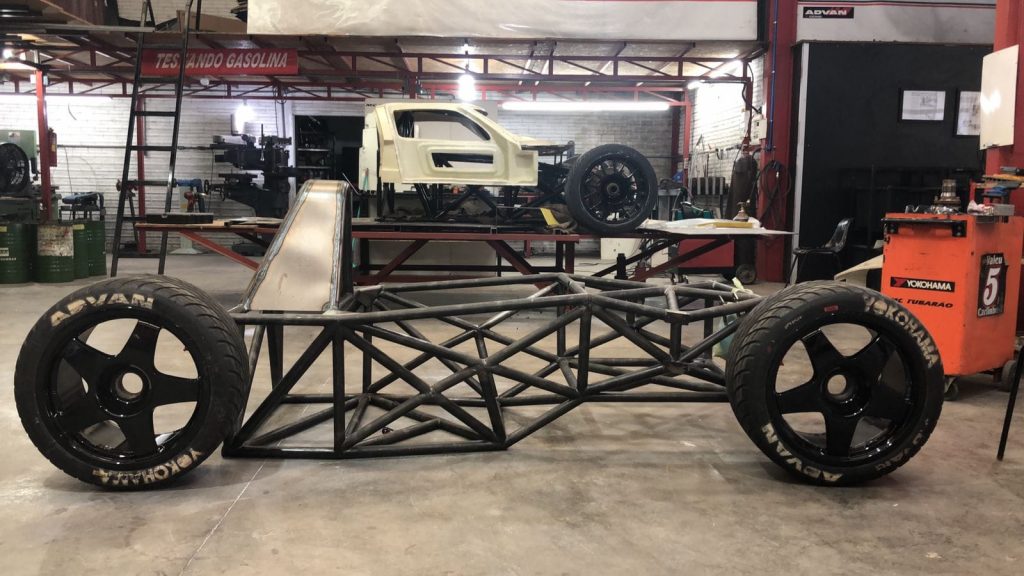
In the powertrain area, MC Tubarão opted to follow a different path, putting aside the American V8s of Chevrolet and Ford that fill most of the grid: the choice fell on the Ford Duratec Turbo engine prepared by Dacar Motorsport, a recipe similar to that used in the prototype Tubarão IX, which is coupled to the same 6-speed Ricardo transaxle used on Sigma P1 G2.
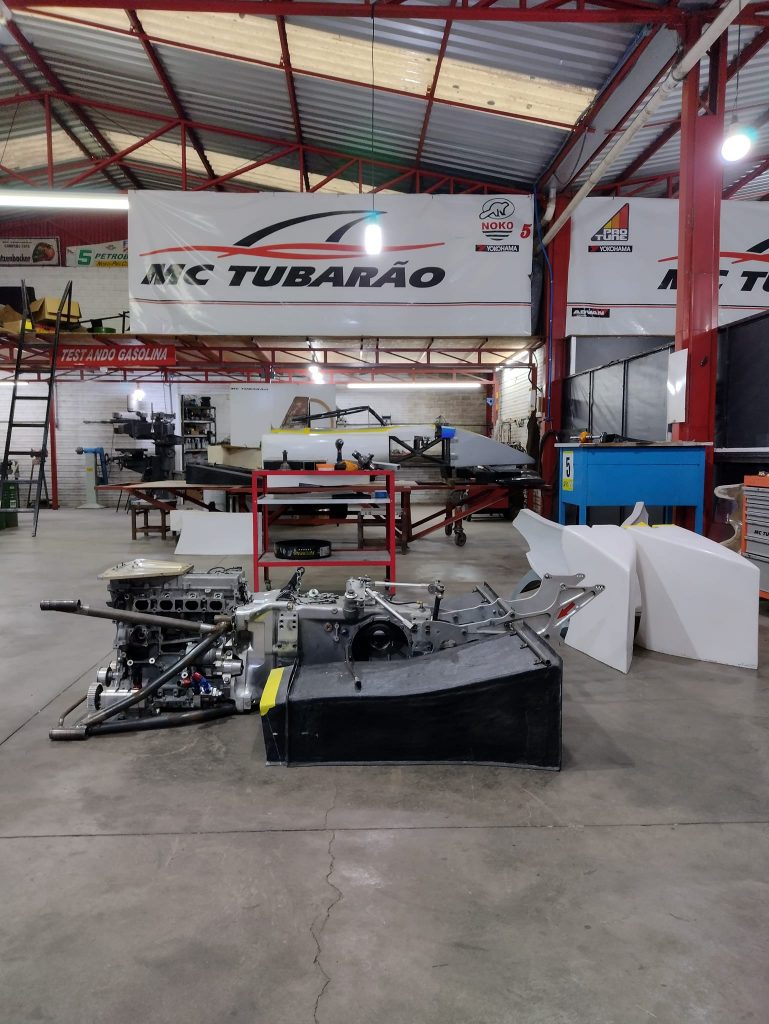
This choice sought to fit the car into a lower weight range in the regulations, compensating the lower power output with better fuel consumption and lower tires degradation:

The car uses a suspension layout similar to the Sigma G2, however items such as shock absorbers, brake system and wheels were specified by MC Tubarão.
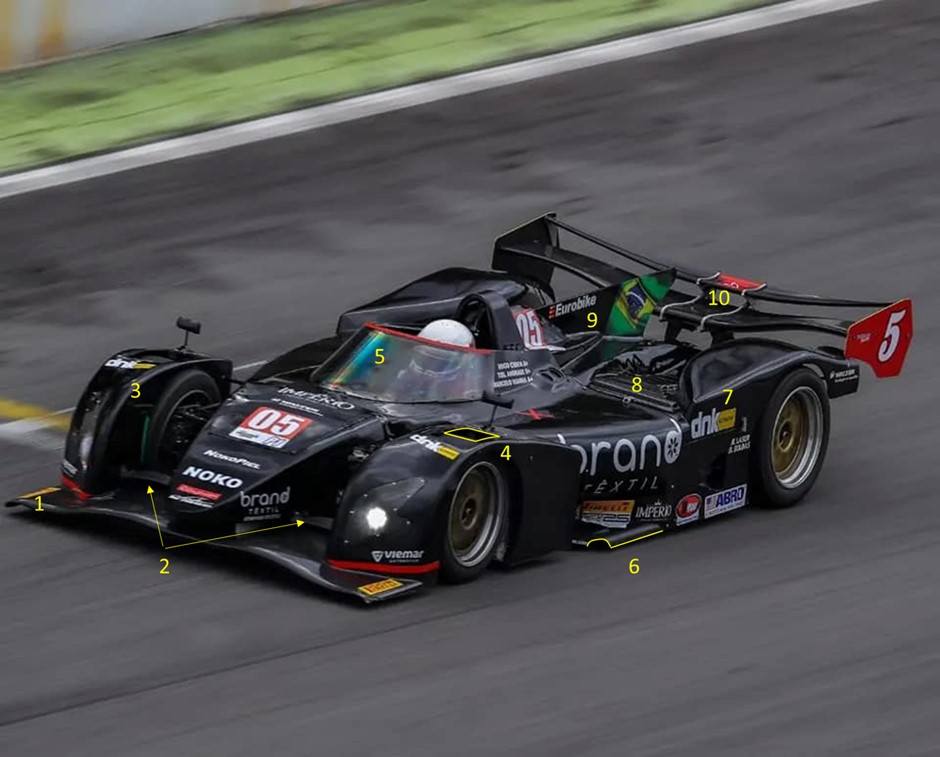
The aerodynamics also carry-over many concepts of the different Sigma generations, such as the front splitter (1) that works together with the central elements (2), a similar concept to the Sigma G3, while the wheel arches (3), have a similar design to that of the Sigma G4. Interestingly, MC Tubarão opted for completely open wheel arches (4), in contrast to the louvres traditionally used by Sigma. Also worth noticing that the team did not use the large canards that are becoming popular in the category, an indication that the Tubarão XI is less affected by the lack of front downforce.
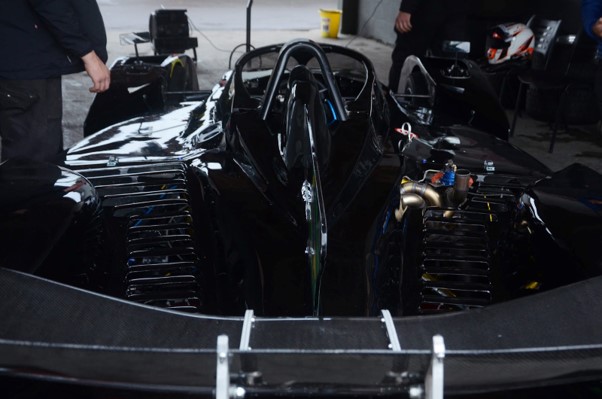
However, the great highlight of the Tubarão XI design is the open cockpit, which, in addition to the HALO, received an acrylic screen, similar to the Indy Aeroscreen (5). According to information, this configuration presents aerodynamic performance similar to a closed cockpit, however we believe it presents slightly reduced mass, as well as a subtle reduction in the center of gravity.
The underfloor has a vortex generator (6) similar to the Sigma G4, with pontoon style rear fenders (7). The engine cover features louvres (8) and the traditional shark fin (9) (Tubarão meaning shark in Portuguese). Finally, the double element rear wing (10) is similar to that of the Sigma G2, and is equipped with DRS.
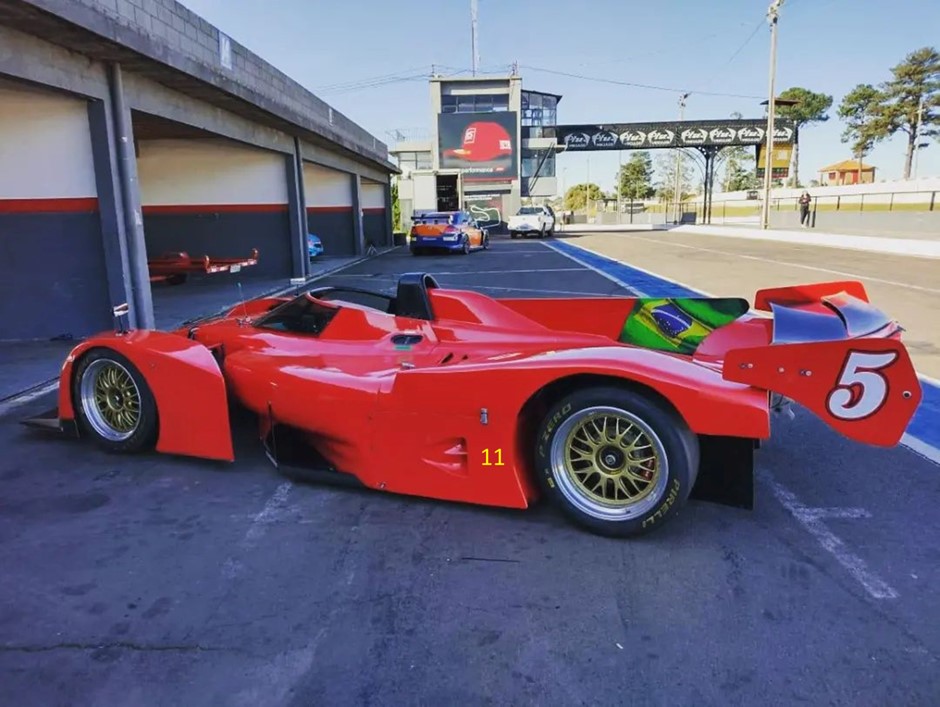
In the side view we can see the NACA style air intake for the rear brakes (11).
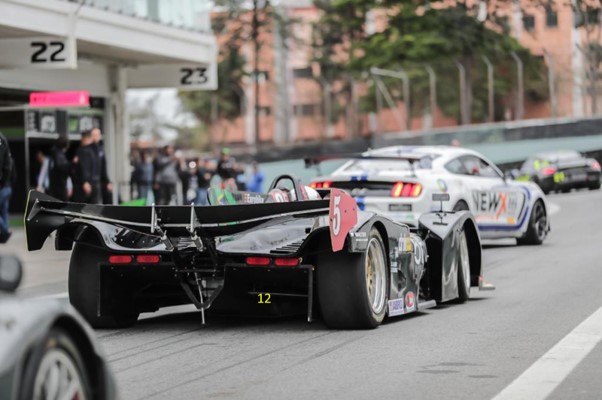
The rear diffuser is quite big, with a configuration similar to the Sigma G4.
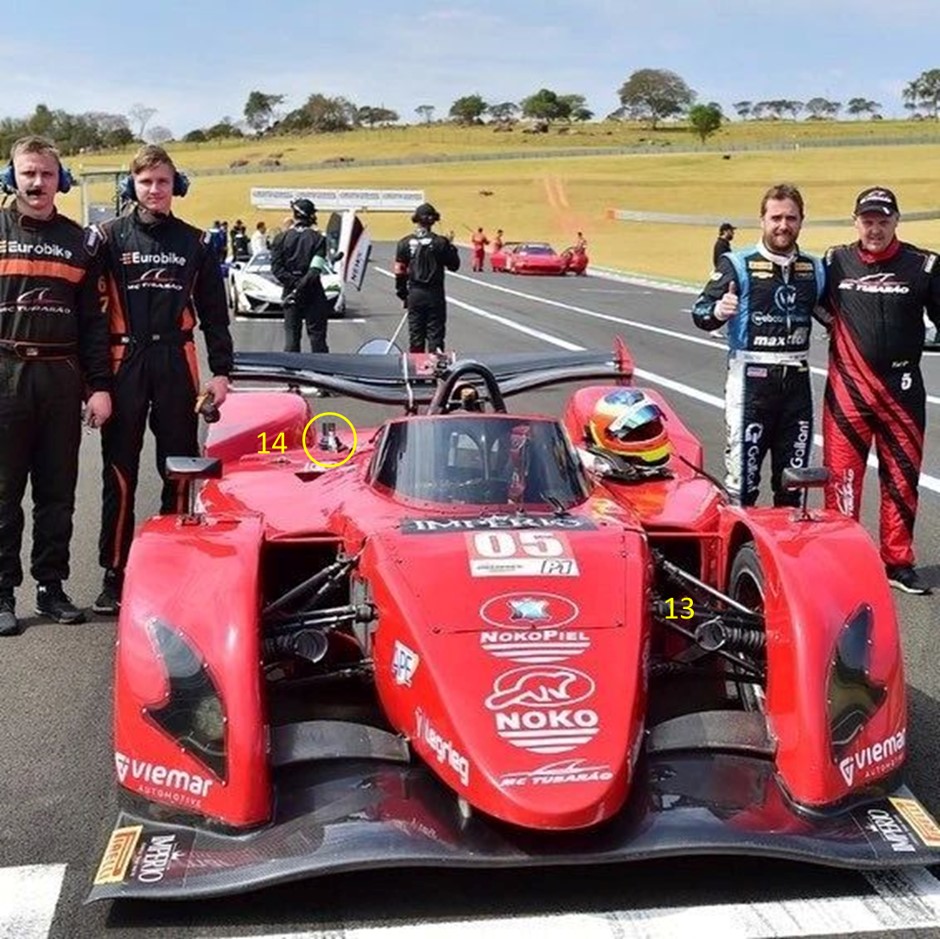
In this image we can see the detail of the front brake cooling ducts (13) and the exhaust outlet (14).
The Tubarão XI debut took place in the second stage, held at Interlagos, was marked by problems, and a performance below expectations, lapping at a similar pace to that of cars in the P3 category. As a consolation, the team managed to complete the race in the last position within P1, scoring its first points on the leaderboard.

In the next race, held in Santa Cruz do Sul, again the Sigma Tubarão performed below expectations, and only at the fourth round the car showed greater progress, halving the gap for the fastest cars in P1, staying in a window of performance similar to that of the P2 prototypes.
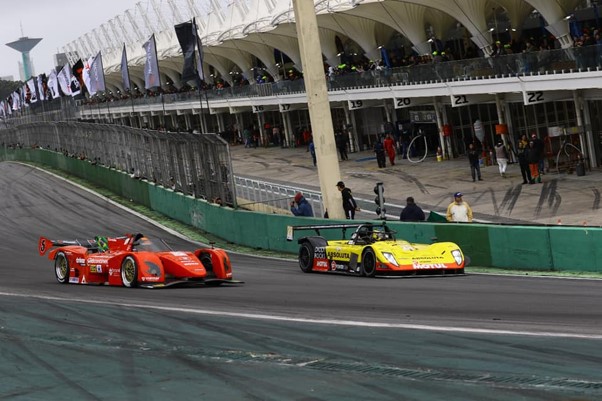
The last race of the MC Tubarão team with the Tubarão IX in the season was the traditional 500 km of Interlagos, where the team raced under P2 rules and, therefore, without the DRS (P1 cars were prohibited in the regulations for the 500 km). In this configuration, the trio Tiel de Andrade, Paulo Sousa and Marcelo Vianna conquered the pole, with a time of 1m37s128, and after almost 4 hours of race they won overall, the first time a team from Rio Grande do Sul won in the São Paulo race, showing an interesting evolution of performance compared to the team’s first race.
Nevertheless, after the 500 km victory, the Tubarão XI did not return to the tracks, and at the end of the year it was dismantled, and its engine transplanted to the Tubarão MC40, which competed in the 1,000 Miles of Brazil in 2023.
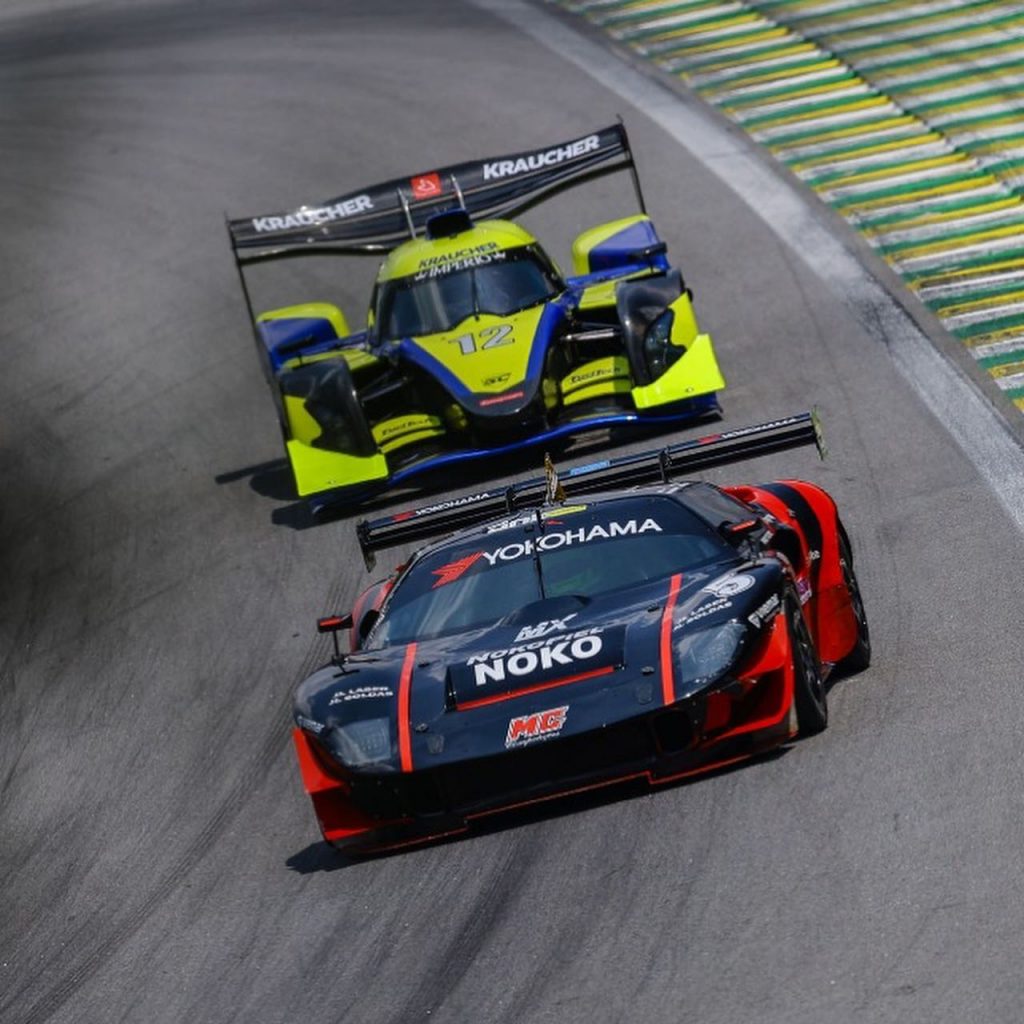
Results
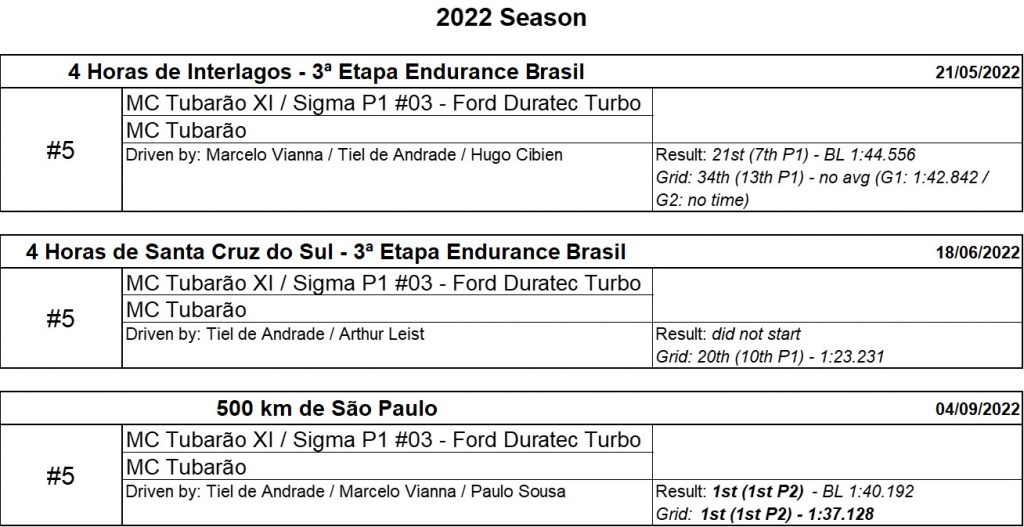
You may also be interested in:

MC Tubarão X (2014 – 2017)
Tubarão X is one of the most recent creations in the lineage of prototypes developed by team MC Tubarão in Cachoeirinha, Rio Grande do Sul. (Available only in Portuguese)
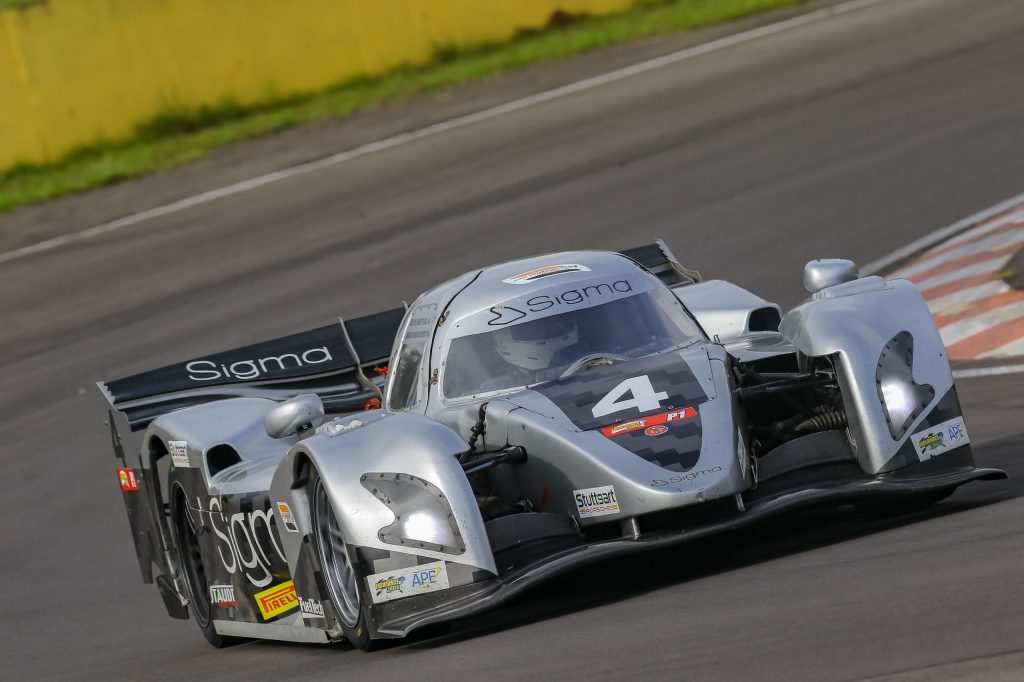
Sigma P1 (2017 – )
Sigma P1 is the brainchild of engineers Evandro Flesh and Pedro Fetter. Always captained by Jindra Kraucher, it was the first hybrid prototype manufactured in Brazil, and remains one of the most innovative national projects.

